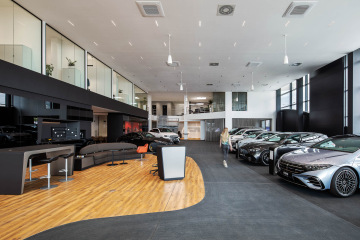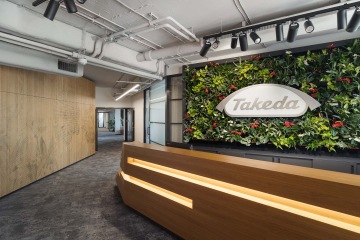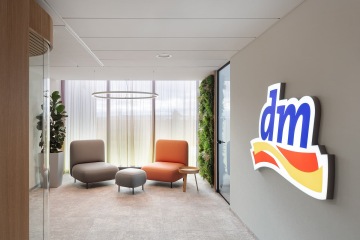Office design styles
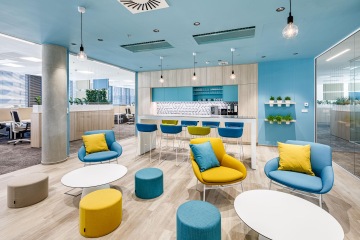
The overall feeling of the office plays a much more important role than many employers realize. Employees prefer to return and work better in visually interesting and, above all, functional offices. Of course, it is also important to appreciate that offices are the company's business card. Each visitor will not only come away with information about possible cooperation, but also a subconscious impression of the space in which the meeting took place. Style helps express a company's values and strengths. All without a single word. So how do you choose the right style and what options do you have at your fingertips thanks to CAPEXUS?
How to choose an office style?
When choosing an interior style, the company's focus, needs and corporate culture play a role. Among the elements on which the style is most pronounced are, above all:
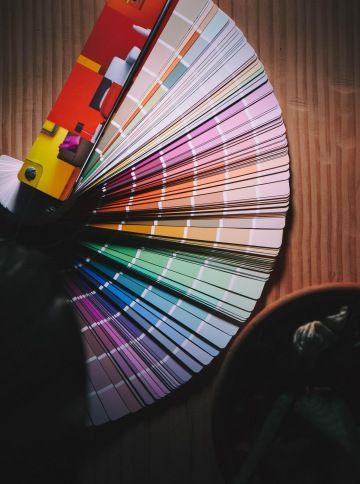
Colour palette
Every design style has different colour requirements and gives preference to a different palette. Of course, it is possible to work with a range of colours derived from the corporate identity, although this is no longer trendy.
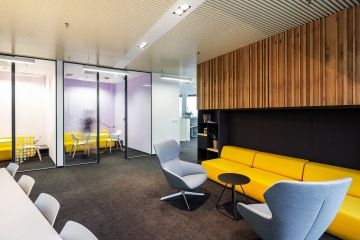
Division of space
Will glass partitions be used or will the space be divided by wooden walls? How much natural light will be let in and can mirrors be incorporated into the space to optically enlarge it? Again, it depends on the chosen style and the company's requirements.
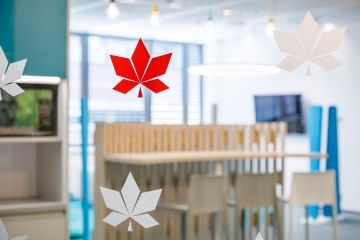
Implementation of corporate identity
In addition to colours, corporate identity is expressed by various ways of involving the logo and other symbols associated with the company's culture, all in accordance with the chosen style.
For example, a construction company may place light reflectors
or gabion baskets in the interior.
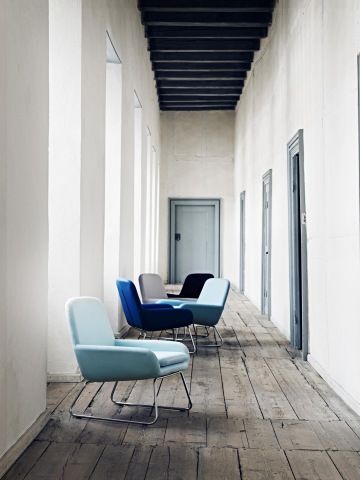
Furniture
Modest bank-style furniture is generally not very suitable for an office full of talented graphic artists, one that includes various tables, atypical seating and original decorations. The furniture must match the rest of the interior and properly complement its aesthetics, but above all its functionality.
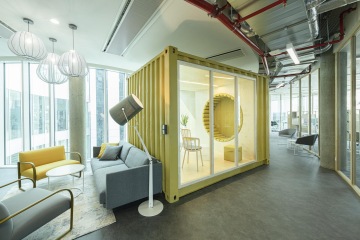
Creative interior elements
Relaxation rooms are a great opportunity to engage the imagination of designers and employers. For a travel agency we can create a kitchen set into an airplane fuselage, for a bank we can install a door resembling
a safe, and for a shipping company we managed to get
a shipping container onto the eighth floor. These are the elements that can imaginatively and substantially support corporate identity in the office interior.
Main design styles
You do not need to have detailed knowledge of modern interior design trends. That's why CAPEXUS is here. Our experts can present the styles discussed below in general, but also match them with the client's requirements. But if you are looking for a basic overview and perhaps even a little inspiration, the following summary will definitely come in handy.
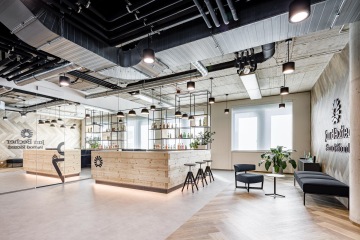
Industrial style
The industrial style naturally fits into the premises of industrial companies and related fields, but it will also be appreciated by companies looking for an original, distinctive look for their offices. The style includes visible utility ducts and exposed wall bases, or faux concrete that recalls classic industrial materials. Significant work
is done with the original elements of the building. Metallic shades predominate, and various steel constructions are suitable decorative elements.
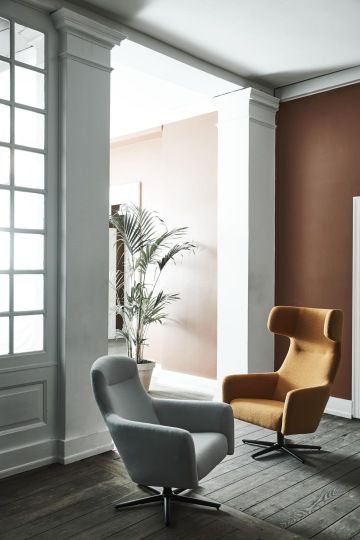
Scandinavian style
In the Scandinavian style, the simplicity of the space
is appropriately combined with its functionality. Offices are not overcrowded and have clearly separated spaces with plenty of natural light (a favourite feature is mirrors
in dark corners that reflect light). The colours are predominantly white, grey and sometimes shades
of brown. This is especially the case where wooden elements are connected to the space. In the furniture, clean lines and minimalism are sometimes complemented by a distinctive colour.
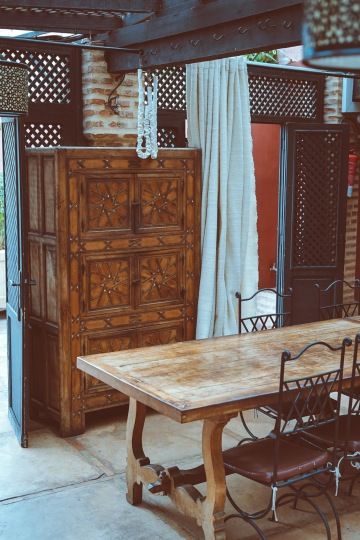
Rustic style
A style that hearkens back to traditional methods
of production and a way of life in which the use of real wood, fabric accessories and natural light take precedence. Wood can be used from floor to ceiling, while, for example, the seats in the relaxation area are sometimes made of leather. The colours that we might see from the window of a mountain cabin predominate, i.e. brown, green and other parts of the natural spectrum. It is very well suited for offices of companies that are close to nature. Nowadays, it is a matter of course to use environmentally friendly materials, ensuring that the rustic style is not just a glossy exterior.
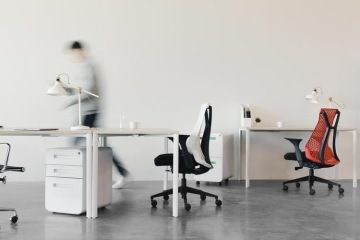
Minimalist style
A minimalist style is not necessarily synonymous with austerity. The emphasis in minimalism is placed on the clarity of the space, which is not cluttered by unnecessary accessories. The primacy of this style is
in perfectly elaborated details. You can be as creative
in this design as with other styles, but you need to use as few elements as possible. The colour spectrum used is bright and sometimes almost monochrome. Thanks to minimalism, you will focus everyone's attention exactly where it is most important.
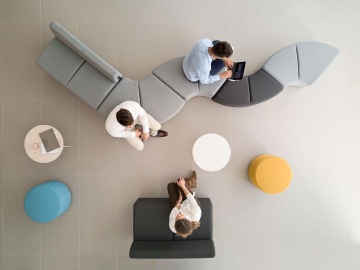
Wabi-sabi style
The Wabi-sabi style comes from Japan and celebrates imperfection and transience. The interior space is given asymmetry and atypical furniture is used. Popular materials are ceramics and wood. Surfaces and decorative elements tend to be rough and inaccurate and should always resemble the handmade work of
a craftsman. At the same time, however, the space should not be too crowded and moderation in the decoration is appreciated.
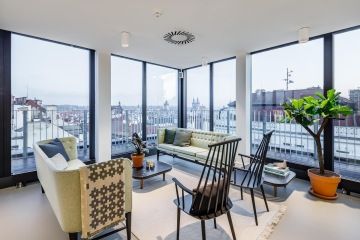
Eclectic style
Offices that creatively combine elements of several different styles. Accessories and furniture do not have to match at first glance, and each part of the space can be done in a different design. It is something like the gentle creative chaos often seen in cafés, for example. However, this style is also popular in offices, as each employee can choose their favourite place from many options.
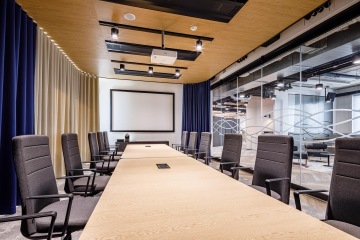
Elegant style
Elegance never gets old, which is definitely true of this style as well. Glass and smooth wood are mainly used in combination with white or earth-coloured elements. Decorative elements should be rather inconspicuous and suitably complement the chosen visual character
of the office. Extravagant furniture should be avoided; think classic armchairs, chairs and sofas in the relaxation zones.
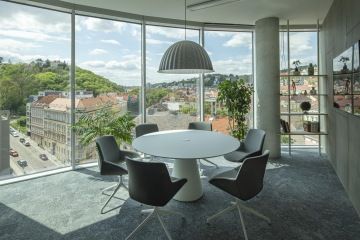
Modern style
The modern style emphasizes the functionality of the space in aesthetics. Metal elements in combination with generous use of glass are typical. There are no significant contrasting elements and a minimum of purely decorative accessories. The colour palette is neutral. Again, you can use the original elements of the building and emphasize their function.
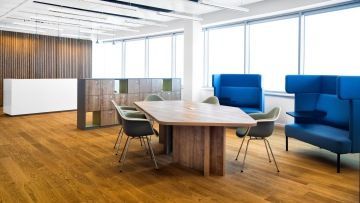
Conservative style
There is nothing wrong with conservatism. It will meet the expectations of visitors and will not disappoint employees. This style builds on tradition and timeless qualities. As with other styles, solid wood plays a big role here. The conservative style avoids the visual experiments that occasionally appear in the Scandinavian or biophilic style.
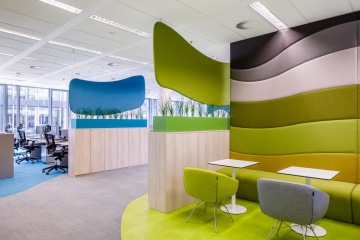
Funky/Maverick style
Creative, unexpected, dynamic. The funky style uses many contrasting colours (from the whole spectrum) side by side, many purely decorative elements and overlapping lines. It's a bit as though the designer was playing jazz while working.
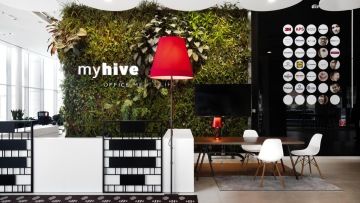
Biophilic style
A style based on closeness to nature. The decorative elements here are mainly plants or entire "living" walls. But plant elements serve not only as decorations but are also used to divide space optically and acoustically. The furniture in such an interior should be wooden and made with care for the environment.
Discover the style of your new offices
Our designers will be happy to help you choose a suitable style. You can see the latest trends in our showroom and we have a number of references in various design styles.
Photo author: Unsplash, Rastislav Blaško, Petr Andrlík, Alexander Dobrovodský, Tadeáš Seidl, Adam Costey photography
Published November 10, 2020
